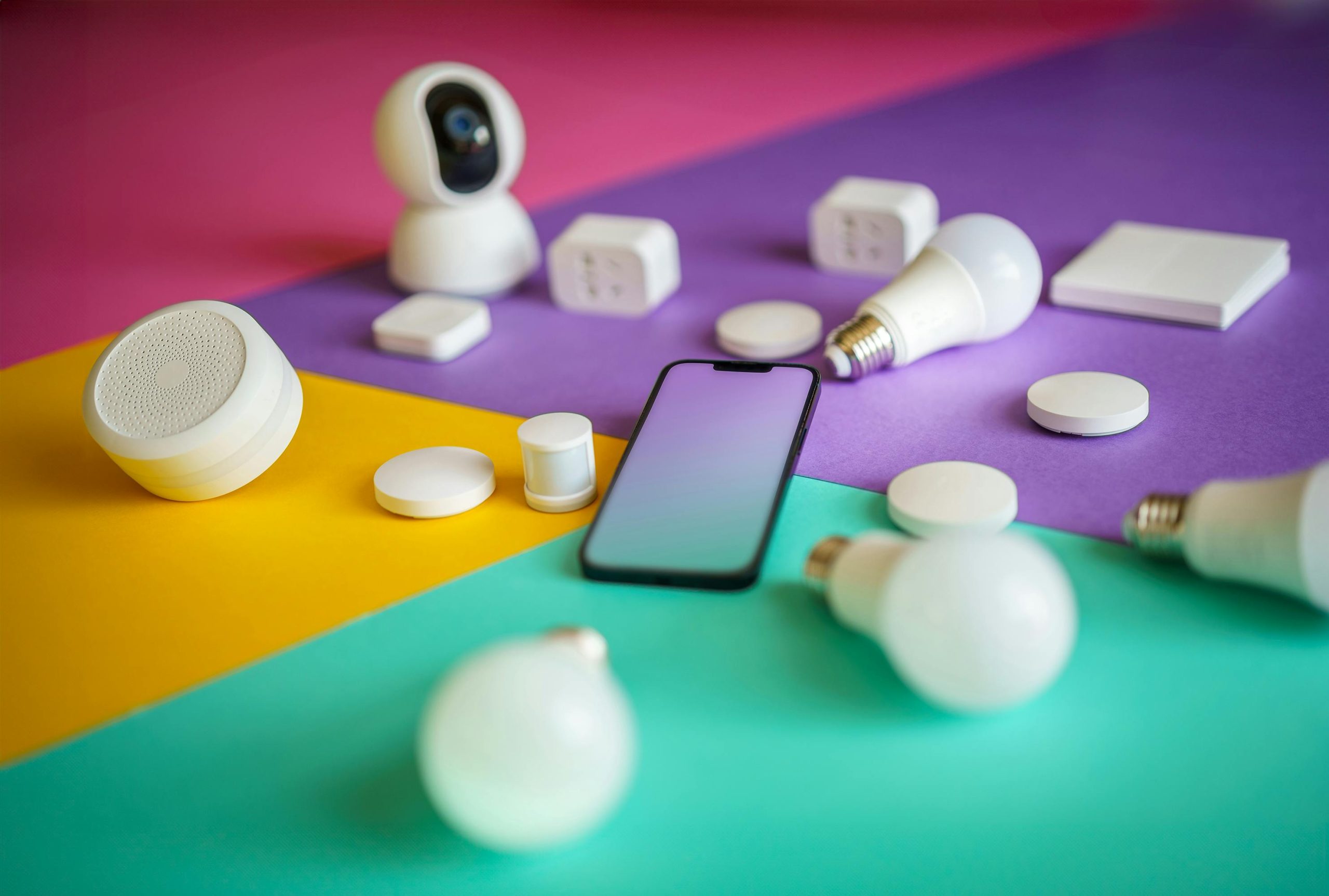The Internet of Things (IoT) is revolutionizing urban landscapes, turning traditional cities into interconnected hubs of efficiency, sustainability, and innovation. By embedding sensors, devices, and networks into everyday infrastructure, IoT enables cities to collect and analyze vast amounts of data, optimizing everything from traffic management to energy consumption. As urban populations grow, the need for smarter solutions becomes critical. Here’s how IoT is transforming smart cities for a smarter, more sustainable future.
Enhancing Urban Mobility and Traffic Management
One of the most visible impacts of IoT in smart cities is the transformation of urban mobility. Traffic congestion is a major challenge in metropolitan areas, but IoT-powered solutions are helping to alleviate these issues.
Smart Traffic Lights
IoT-enabled traffic lights adjust in real-time based on traffic flow, reducing wait times and improving fuel efficiency. These systems use sensors and cameras to monitor vehicle density and adjust signal timings dynamically.
Connected Public Transport
Buses, trains, and trams equipped with IoT sensors provide real-time updates on schedules, delays, and occupancy levels. Passengers can access this information via apps, making public transport more reliable and user-friendly.
Parking Solutions
Smart parking systems use IoT sensors to detect available parking spots, guiding drivers to open spaces via mobile apps. This reduces unnecessary circling, cutting down on emissions and saving time.
Improving Energy Efficiency and Sustainability
IoT is playing a pivotal role in making cities more energy-efficient and environmentally friendly. By optimizing resource usage, smart cities can reduce their carbon footprint while lowering costs.
Smart Grids
IoT-enabled smart grids monitor electricity demand in real-time, adjusting supply to prevent wastage. They also integrate renewable energy sources like solar and wind, ensuring a balanced and sustainable power supply.
Intelligent Street Lighting
Smart streetlights adjust brightness based on pedestrian and vehicular activity, conserving energy when areas are less busy. These systems also alert maintenance teams when repairs are needed, improving reliability.
Waste Management
IoT-powered waste bins monitor fill levels and notify collection services when they need emptying. This optimizes collection routes, reducing fuel consumption and operational costs.
Enhancing Public Safety and Security
Safety is a top priority for any city, and IoT is making urban environments more secure through advanced monitoring and rapid response systems.
Surveillance and Emergency Response
Smart cameras equipped with AI and IoT capabilities detect unusual activities, such as accidents or crimes, and alert authorities instantly. This speeds up emergency response times and deters criminal behavior.
Disaster Management
IoT sensors monitor environmental conditions like air quality, water levels, and seismic activity. In case of natural disasters, these systems provide early warnings, helping cities prepare and mitigate damage.
Smart Policing
Law enforcement agencies use IoT data to predict crime hotspots and deploy resources more effectively. Wearable devices for officers also improve communication and situational awareness in the field.
Fostering Citizen Engagement and Quality of Life
Beyond infrastructure, IoT enhances the daily lives of citizens by fostering engagement and improving access to services.
Smart Healthcare
IoT devices enable remote patient monitoring, reducing hospital visits and improving healthcare accessibility. Wearable health trackers and connected medical devices provide real-time data to doctors, ensuring timely interventions.
Digital Governance
Citizens can interact with city services through IoT-powered platforms, reporting issues like potholes or broken streetlights via apps. This streamlines municipal operations and increases transparency.
Community Connectivity
Public Wi-Fi networks, smart kiosks, and IoT-enabled community centers provide residents with easy access to information and services, bridging the digital divide.
Conclusion
The Internet of Things is undeniably reshaping smart cities, creating environments that are more efficient, sustainable, and livable. From optimizing traffic and energy use to enhancing public safety and citizen engagement, IoT is laying the foundation for a smarter future. As technology continues to evolve, the potential for IoT to transform urban living is limitless. Cities that embrace these innovations today will lead the way in building resilient, connected, and intelligent communities for generations to come.
